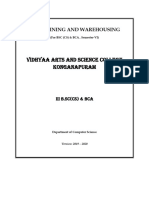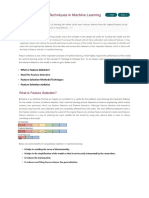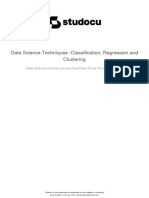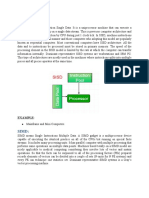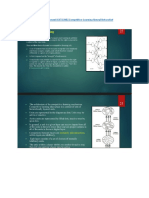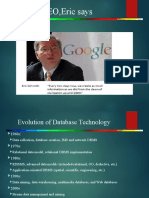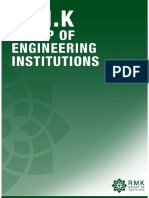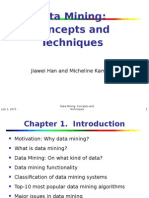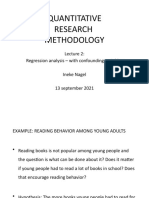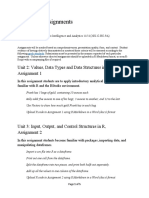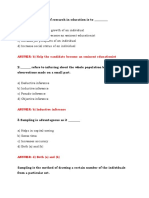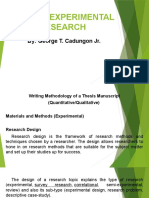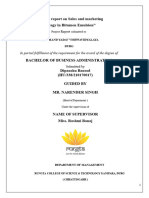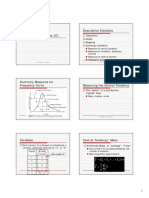0% found this document useful (0 votes)
290 views2 pagesData Mining
The document outlines a course on data mining for a 4th year B.Tech in computer science. The course objectives are to learn data mining concepts, algorithms for association rule mining, classification, and clustering. The course outcomes are the ability to perform data preprocessing and apply mining techniques, identify patterns in large datasets, solve real-world problems using data mining, and classify web pages. The course covers topics like data preprocessing, association rule mining, classification techniques like decision trees and naive Bayes, clustering algorithms like k-means, and web and text mining.
Uploaded by
vijay kumarCopyright
© © All Rights Reserved
We take content rights seriously. If you suspect this is your content, claim it here.
Available Formats
Download as PDF, TXT or read online on Scribd
0% found this document useful (0 votes)
290 views2 pagesData Mining
The document outlines a course on data mining for a 4th year B.Tech in computer science. The course objectives are to learn data mining concepts, algorithms for association rule mining, classification, and clustering. The course outcomes are the ability to perform data preprocessing and apply mining techniques, identify patterns in large datasets, solve real-world problems using data mining, and classify web pages. The course covers topics like data preprocessing, association rule mining, classification techniques like decision trees and naive Bayes, clustering algorithms like k-means, and web and text mining.
Uploaded by
vijay kumarCopyright
© © All Rights Reserved
We take content rights seriously. If you suspect this is your content, claim it here.
Available Formats
Download as PDF, TXT or read online on Scribd
/ 2










